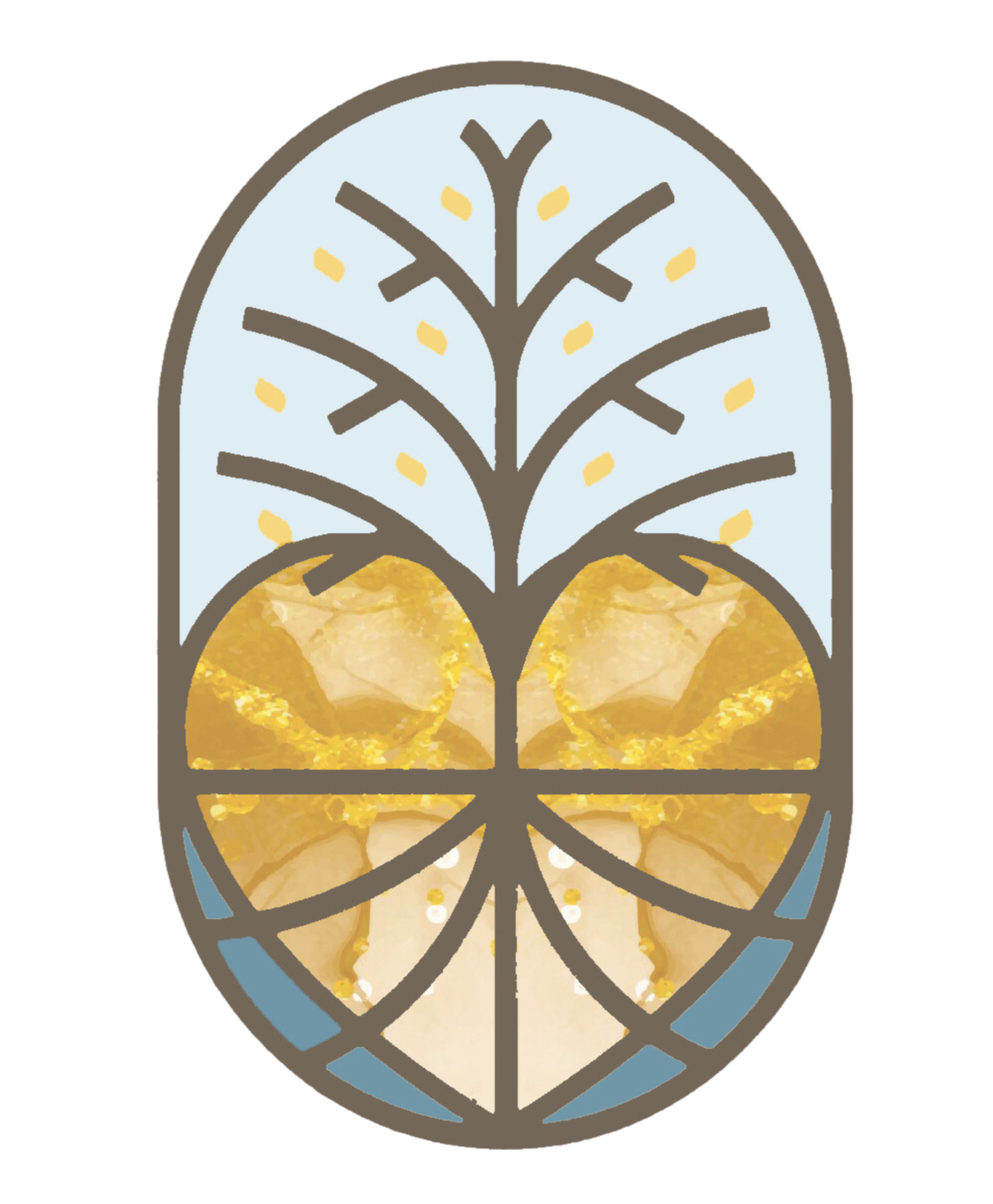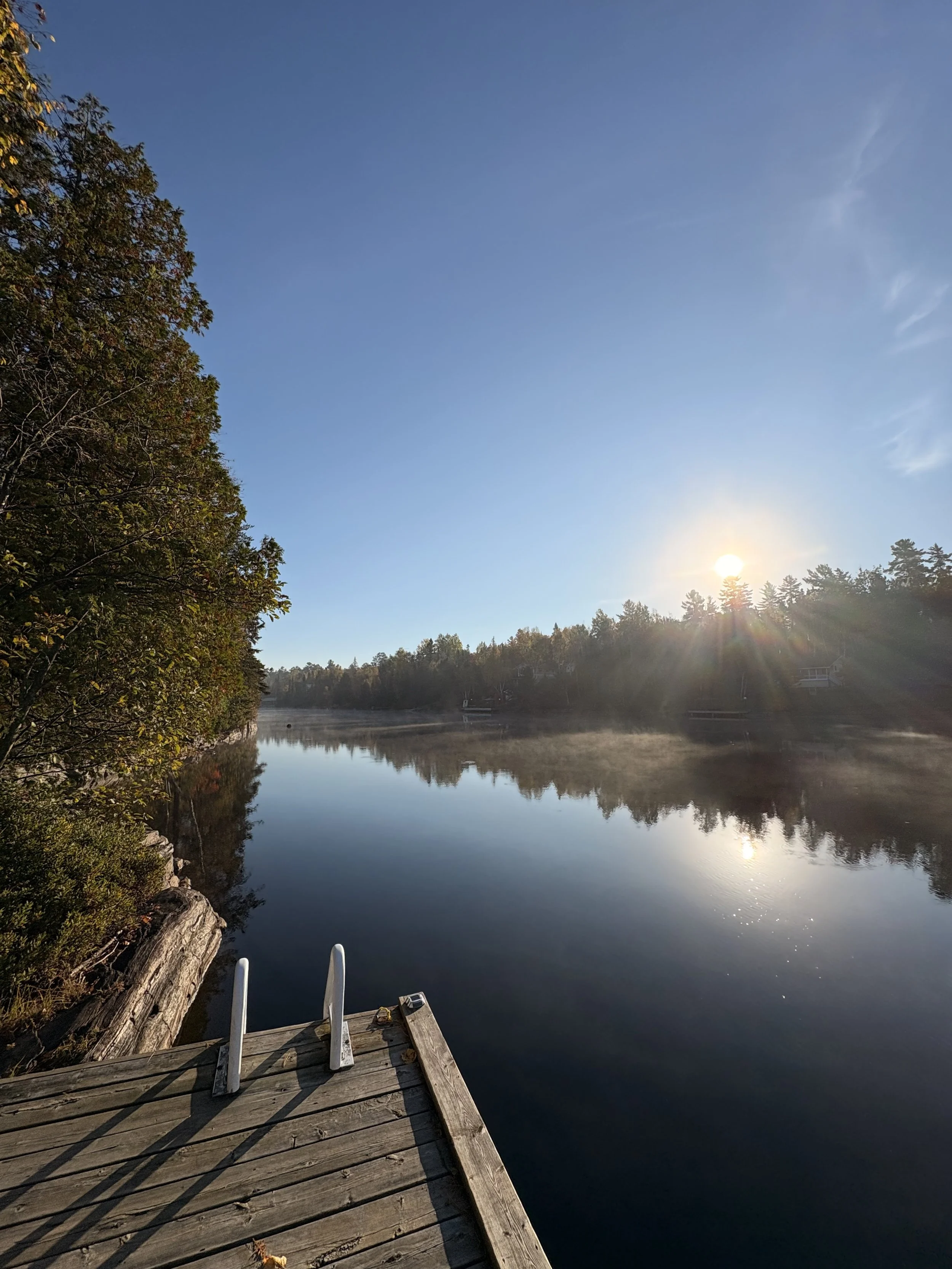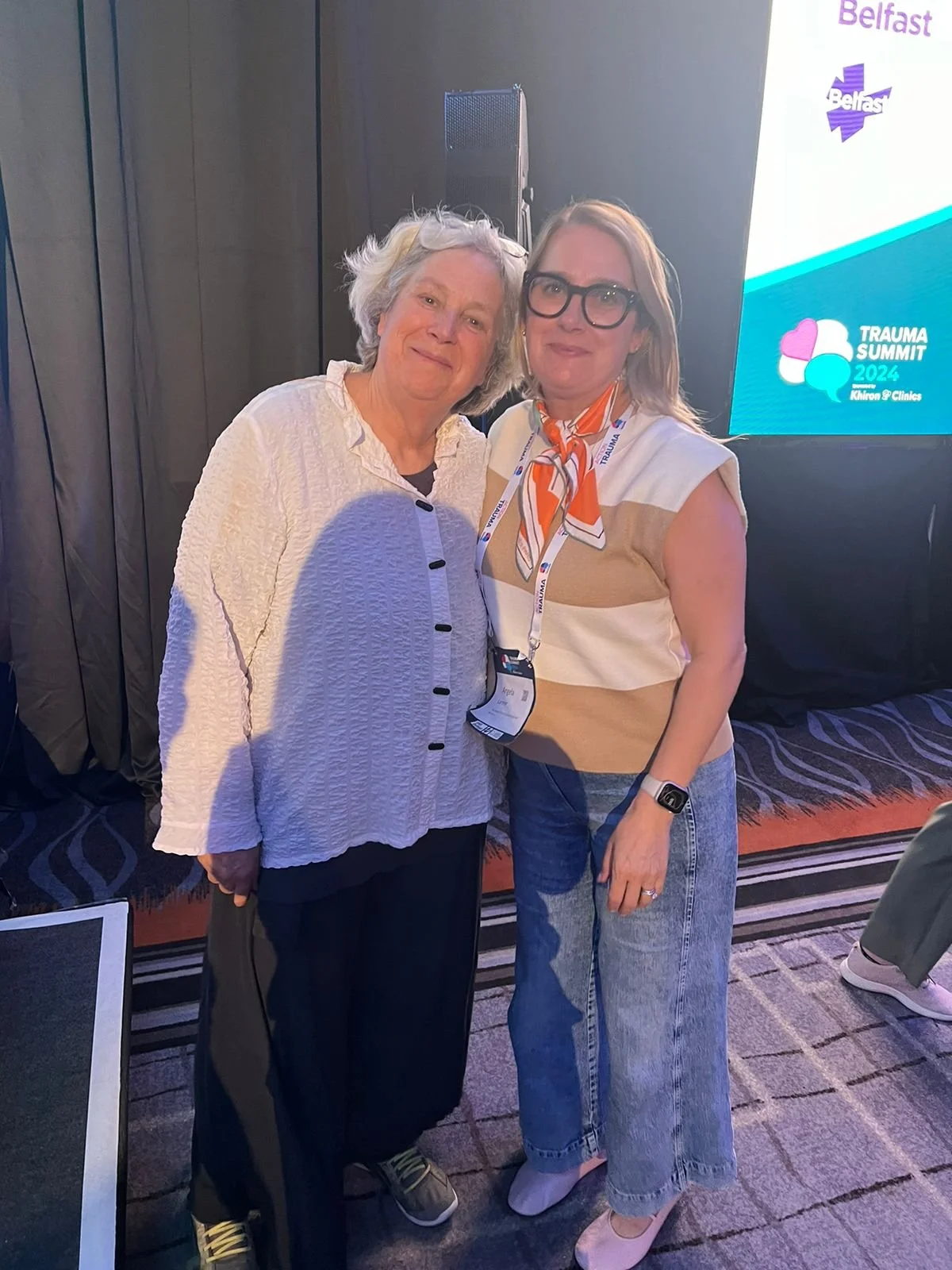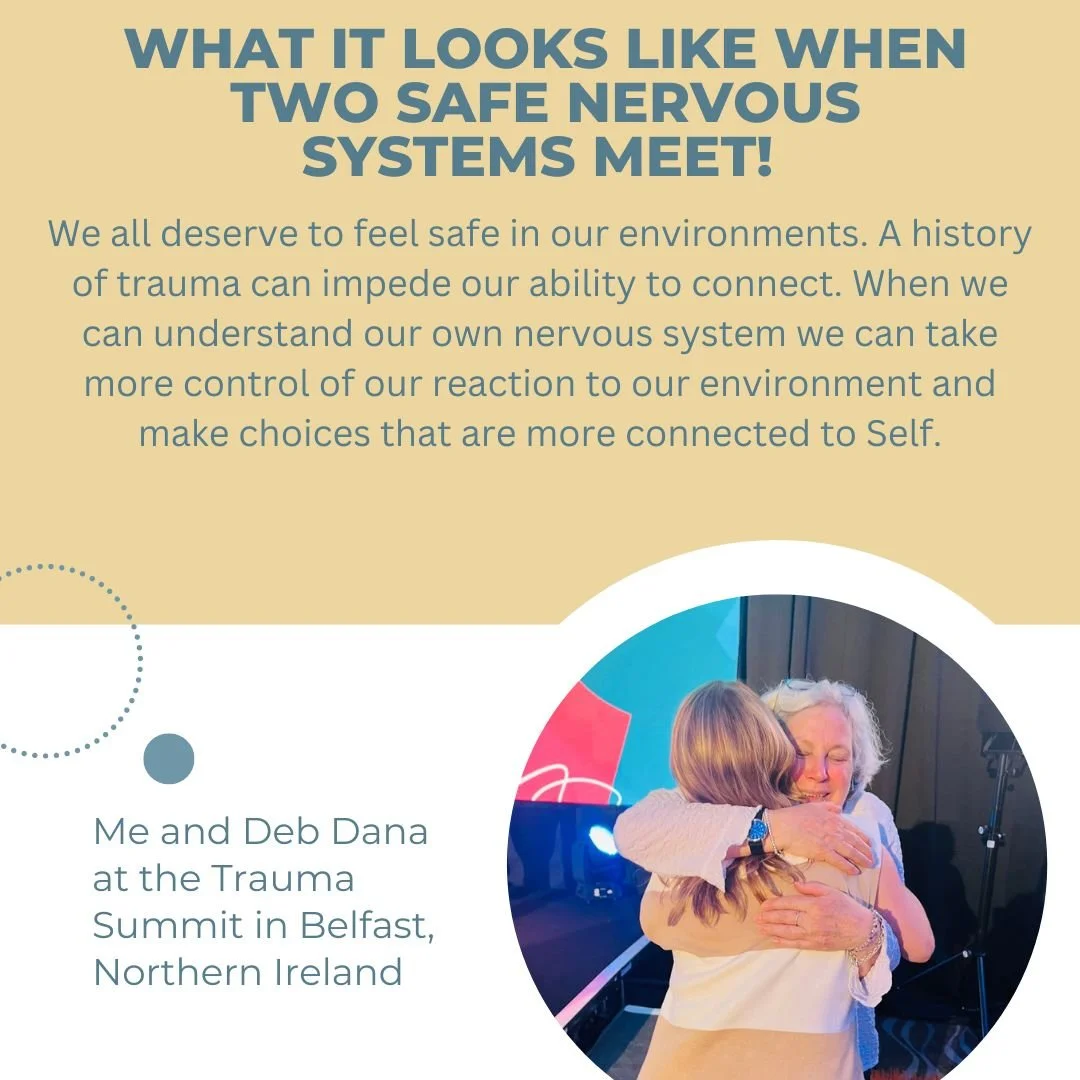Anchoring into Where You Feel Safe
Sometimes the path back to yourself begins with a single memory of feeling safe.
Even if it’s faint, that memory can become your anchor home.
Many of my clients state that they cannot remember a time in their life where they felt truly safe. When I invite them to explore safety, they often respond with a quiet pause, followed by, “I don’t think I have ever felt truly safe”.
I’ve actually never worked with anyone who, when they feel safe enough—guided by me, or simply in that moment—can’t gently trace their timeline back to find at least one flicker of safety. Sometimes it’s not obvious at first—it’s buried beneath layers of pain or self-protection. But it’s there.
It might be a moment from childhood:
Climbing a tree and feeling the wind on their skin
Watching sunlight move across the leaves
Sitting beside a grandparent who hummed softly while knitting or cooking
Floating on a dock in the warmth of summer
Lying on the grass with a friend, bikes tossed aside nearby
These moments matter. They live in the body, even when the mind has forgotten.
When we connect to a time or place where we felt safe, we aren’t just reminiscing—we’re re-anchoring the nervous system. We’re reminding ourselves, “This is what calm feels like. This is what being okay feels like.”
If you can’t identify anywhere that feels safe right now, that’s important information. It’s not a failure—it’s a sign that your system has been in survival mode for a long time. That awareness alone is a beginning. From there, we can start to rebuild safety through our senses:
Sight: noticing light through a window, the color of a tree, a piece of art that speaks to you
Sound: the hum of a fan, the rhythm of your breath, music that grounds you
Touch: the weight of a blanket, a smooth stone, your feet pressing into the floor
Smell and taste: a cup of tea, fresh air, a familiar scent that comforts
When the external world doesn’t feel safe, the imagination can help.
We can envision a place of safety and connection—real or imagined.
For me, it’s my family cottage.
It’s where I spent my summers as a child, surrounded by the water, the trees, and the quiet hum of nature. There’s something deeply ancestral about standing in the same space my parents and grandparents once stood—feeling the same earth beneath my feet. It’s a place that holds both the hard and the healing parts of our family story, and yet it’s where my body exhaled most easily.
That’s what anchoring into safety does.
It reminds us that we belong—to ourselves, to the land, to something larger than our pain.
Nature, memory, the senses—these are medicine. They help us remember who we are beneath the layers of survival.
And from that remembering, we begin to come home to ourselves.
A Practice for Anchoring into Safety
One of my happiest places… rooted in childhood safety, even when in some places I did not feel safe, this space was always that..
Here’s a simple practice I often guide clients through when they’re learning to reconnect to an anchored state—a place of grounded safety within themselves. You can try it now, or save it for a quiet moment when you feel ready to settle inward.
Right now, I invite you to close your eyes and take a few deep breaths—
breathing in through the nose and out through the mouth.
If it feels comfortable, allow your jaw to drop.
You might even let a sound come from your body—very gently.
Hearing your voice, hearing your breath, feeling the air move out of you,
and then back in.
Imagine your lungs filling.
Imagine your lungs emptying.
Notice the space in between—the quiet pause between the breath in and the breath out.
If you can, gently tap—either giving yourself a hug and tapping shoulder to shoulder,
or tapping lightly on your knees, side to side: left to right, left to right.
Just notice what’s happening for your body.
Allow yourself to simply be here, in this moment.
From there, gather your thoughts and gently move down your timeline.
See if you can find a positive image, a place in time, something that feels warm, safe, connected—a space where you felt like you.
And once you find that spot, stay with it.
Notice how your body shifts.
Notice what happens when you allow yourself to rest in that memory of safety—
when you give yourself permission to feel connected, seen, and heard.
Practices like this help the nervous system find its way back to regulation.
When we orient toward safety—even through imagination or memory—we send a powerful message to the body: You are safe enough now to rest.
Over time, these small moments of connection build new neural pathways of safety and trust. They become anchors we can return to when life feels overwhelming or uncertain. This is the heart of the work I do with clients—creating space for the body to remember what safety feels like, so that connection to Self can begin to emerge again.
Coming Home to Regulation
The space I imagine when I can’t be here. Fire crackling, loons calling, the smell of the fire and the fresh outdoors, the feeling of the sun, wind and other elements on my face.
Some Evidence (for those of us who want both)
Anchoring in the Ventral Vagal State: Insights from Deb Dana
I absolutely love how Deb Dana brings Stephen Porges’ Polyvagal theory into simple practices. This book describes what it means to Anchor into Self.
Polyvagal Theory, developed by Dr. Stephen Porges and brought beautifully into therapeutic practice by Deb Dana, helps us understand that safety is not just a thought—it’s a biological experience. Our nervous system continually scans the environment for cues of safety or danger, often beneath our conscious awareness.
When we find safety, we enter what’s called the ventral vagal state—a place of calm alertness, presence, and connection. It’s the part of the nervous system that says, “I’m safe enough to engage with the world.”
Deb Dana describes anchors as the touchpoints that help us return to this state. Anchors are the experiences, sensations, people, or places that remind the body what safety feels like. They are deeply personal—what grounds one person may not resonate for another.
Anchors can be external—like a place in nature, the sound of water, or a familiar song.
Or they can be internal—like a mantra, a breath pattern, or the felt sense of gratitude or connection.
When we intentionally name and nurture our anchors, we create a pathway back to regulation.
We begin to recognize the cues that bring us closer to safety, and the ones that pull us away.
This awareness is a practice—it’s how we strengthen the body’s ability to return home to ventral, even after moments of activation.
I often encourage clients to build a small list of their anchors:
Sensory Anchors: textures, scents, or sounds that soothe (like soft fabric, cedar, or rain)
Relational Anchors: people or animals who bring warmth, comfort, or laughter
Place Anchors: locations where the body naturally exhales—a park, a dock, a quiet chair
Inner Anchors: memories, phrases, or beliefs that evoke calm (for example, “I am safe in this moment”)
By visiting these anchors—mentally or physically—we remind our nervous system that safety is not gone; it’s accessible. It might just need a bridge to find its way back.
In the language of Deb Dana, each anchor is a way of saying to the body:
“Here I am. I’m still here. I’m connected, and I’m safe enough to stay.”
Here are a few photos of me and Deb Dana at the Trauma Summit in Northern Ireland last June!







